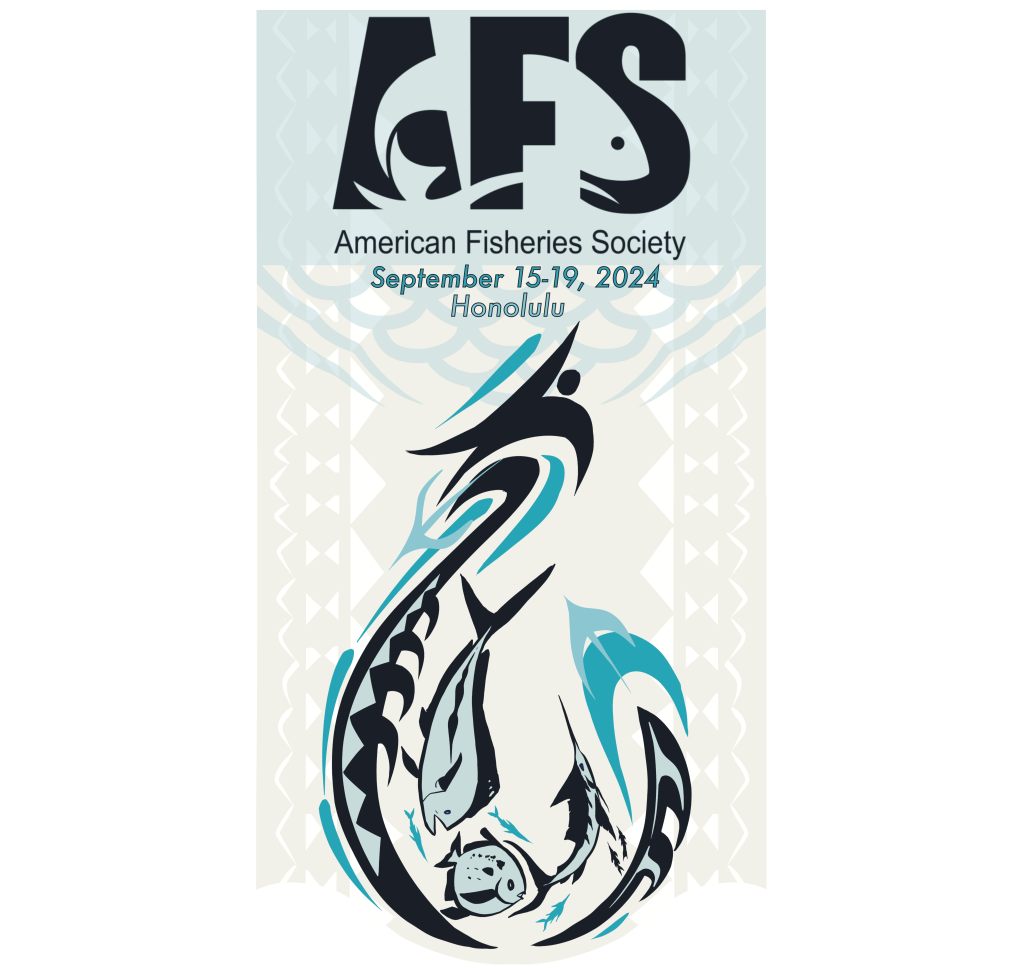With the growing demand for clean and renewable energy, offshore wind has become an emerging sector in the United States. U.S. Executive Order 14057, under President Biden, set a goal of generating 30 gigawatts of offshore wind energy by 2030. Large-scale development would benefit the U.S. in greenhouse gas mitigation, but further research on the impacts on marine biodiversity and fisheries is needed. Offshore wind farm installation and operation may affect fish and marine mammal habitat and behavior as well as the resiliency of local fishing communities. Cables and structures may change the foraging, orientation, and migration of fish species. Turbine structures may alter the schooling behavior of recreational and commercially important species as well as fishing access. Development and changing economic landscapes can alter community structures. Further research on impacts on protected species, offshore aquaculture, fisheries, benthic environments, and local communities is needed as offshore wind development increases.
Organizer: Kayland Huckaby, UMES Sub-Unit, [email protected]
Co-organizers: Jamon Jordan, Savannah Clax, Tahirah Johnson, Juan Ramos, Veronica Malabanan Lucchese, Michelle Fernandez
Supported by: NOAA Living Marine Resources Cooperative Science Center (LMRCSC), José E. Serrano Educational Partnership Program with Minority Serving Institutions (EPP/MSI)
